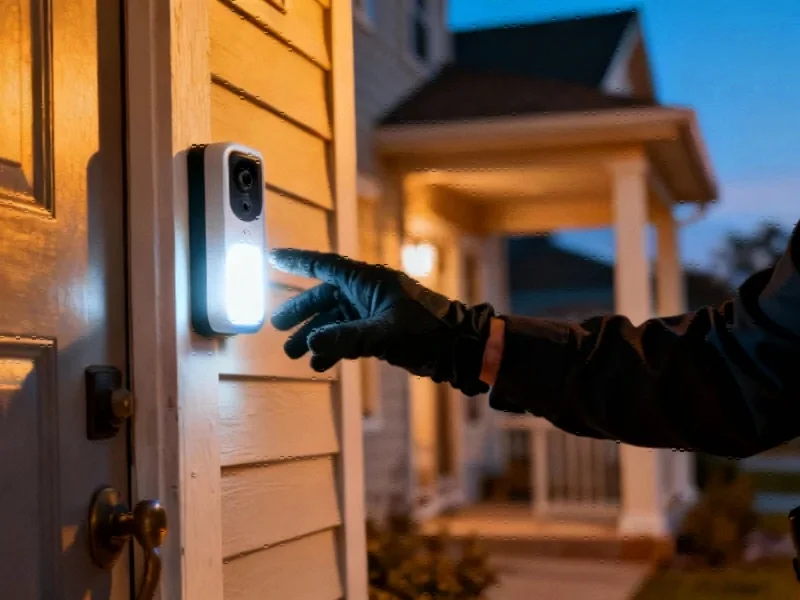Tinder Raises the Bar on Dating Safety with Expanded Facial Verification
In a significant move to combat impersonation and fraudulent accounts, Tinder is expanding its facial verification system across the United States. The dating giant’s Face Check feature, which creates a 3D video scan of users’ faces, represents one of the most comprehensive identity verification systems in the dating industry.
Table of Contents
- Tinder Raises the Bar on Dating Safety with Expanded Facial Verification
- How Face Check Works: Beyond Simple Photo Verification
- Privacy and Data Handling: What Happens to Your Facial Data?
- Global Rollout and Future Expansion
- Addressing Platform Challenges
- Industry Context: Facial Verification Beyond Dating
- The Future of Verified Dating
How Face Check Works: Beyond Simple Photo Verification
Unlike basic photo verification systems, Tinder’s approach requires new users to submit a short video selfie that generates a detailed facial map. This technology doesn’t just compare static images—it analyzes facial geometry and movement patterns to ensure the person matches their profile pictures. The system also cross-references whether the same face appears across multiple accounts, providing an additional layer of protection against serial impersonators.
Users who successfully complete verification receive a visible badge on their profile, signaling to potential matches that they’ve undergone this rigorous process. This visual indicator aims to build trust and transparency within the dating ecosystem., according to market trends
Privacy and Data Handling: What Happens to Your Facial Data?
Tinder emphasizes that video selfies are deleted shortly after review, but the platform retains what it describes as a “non-reversible, encrypted face map and face vector.” This encrypted data helps the system verify new photos, detect fraudulent activity, and prevent duplicate accounts without storing actual images of users’ faces.
The company‘s approach to data retention raises important questions about biometric privacy, though Tinder maintains that the encrypted facial data cannot be reverse-engineered to recreate users’ actual appearances.
Global Rollout and Future Expansion
The verification system has already seen implementation in several markets, beginning with California in June and expanding to countries including Canada, Colombia, Australia, and India. The upcoming U.S. expansion will see the feature introduced state by state over the coming months.
Looking further ahead, parent company Match Group plans to extend similar verification technology to its other dating platforms by 2026, potentially setting a new industry standard for identity verification across online dating., as covered previously
Addressing Platform Challenges
Tinder’s push for enhanced verification comes at a critical time for the platform. The company reported a 7% decline in paying users during the second quarter of 2025, with safety concerns and negative user experiences cited as contributing factors.
Early results from the verification rollout appear promising. Tinder claims regions with Face Check have seen a 60% reduction in exposure to potential “bad actors” and a 40% decrease in reports of problematic accounts.
Industry Context: Facial Verification Beyond Dating
Tinder isn’t alone in embracing facial verification technology. Meta employs similar systems to help users recover compromised social media accounts, while Bumble offers photo verification that requires users to mimic specific poses. However, Tinder’s 3D scanning approach represents a more sophisticated implementation specifically designed for dating safety.
As online platforms increasingly grapple with identity verification challenges, Tinder’s expanded rollout could establish important precedents for how dating platforms balance user safety, privacy, and accessibility.
The Future of Verified Dating
This expansion signals a broader shift toward verified identities in online dating. While optional verification features have existed for years, Tinder’s move toward requiring verification for new users represents a significant escalation in the platform’s commitment to user safety.
As the feature rolls out across the United States, it will be crucial to monitor how users respond to the additional verification step and whether the promised safety improvements materialize at scale. For an industry often criticized for inadequate safety measures, Tinder’s investment in facial verification could mark a turning point in how dating platforms approach identity authentication.
Related Articles You May Find Interesting
- The Unseen Shield: How Advanced Coatings Are Redefining Offshore Wind Durability
- Lunar Resource Extraction: Why Earth’s Mining Giants Hold the Keys to Off-World
- Commercial Space Surveillance Fills Critical Orbital Monitoring Gaps for Militar
- PortX Secures Strategic Funding to Revolutionize Banking Integration Through AI-
- YouTube Launches AI Likeness Protection Tool for Creators Amid Deepfake Concerns
References & Further Reading
This article draws from multiple authoritative sources. For more information, please consult:
- https://www.tinderpressroom.com/2025-10-22-Tinder-to-Expand-Facial-Verification-Feature-Across-the-U-S-,-Setting-a-New-Standard-for-Dating-Safety
- https://s203.q4cdn.com/993464185/files/doc_financials/2025/q2/Q2-2025-Supplemental-Materials.pdf
- https://bumble.com/the-buzz/request-verification
This article aggregates information from publicly available sources. All trademarks and copyrights belong to their respective owners.
Note: Featured image is for illustrative purposes only and does not represent any specific product, service, or entity mentioned in this article.



